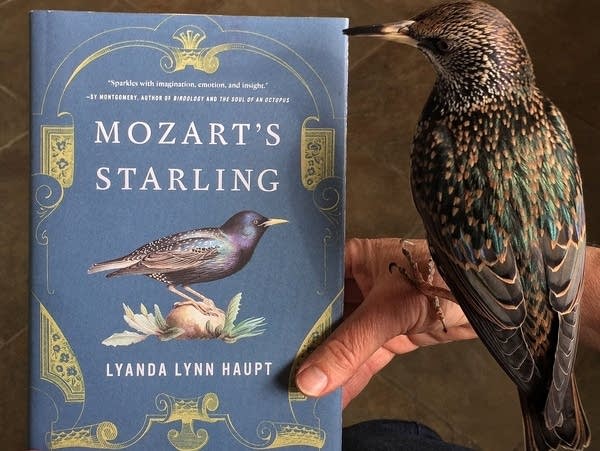A Beautiful World: What do Mozart and starlings have in common with this book author?

Book cover held by author Lyanda Lynne Haupt and her pet starling Carmen.
Tom Furtwangler
Go Deeper.
Create an account or log in to save stories.
Like this?
Thanks for liking this story! We have added it to a list of your favorite stories.


